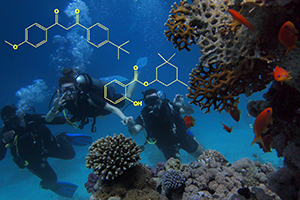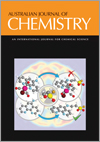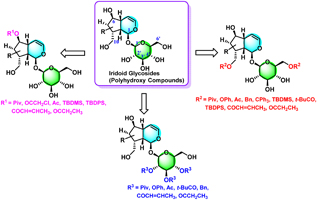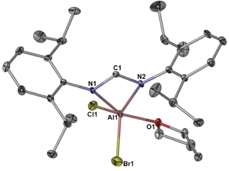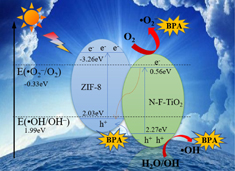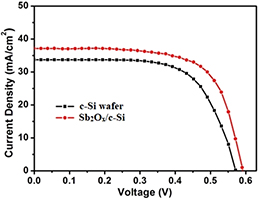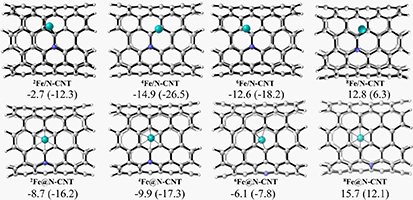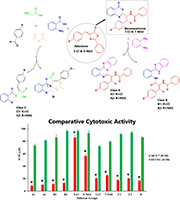Australian Journal of Chemistry
Volume 75
Number 4 2022
While the chemicals in sunscreen formulations can be found in salt and fresh water systems, and they are able to damage plant and animals under laboratory conditions, they are only found at very low levels in the environment.
Iridoid glycosides are polyhydroxy compounds so it is challenging to modify the hydroxyl groups at their specific sites. In this paper, according to literature on hydroxyl protection and based on our practical research work on iridoid glycosides, the methods and applications of iridoid glycosides in hydroxyl protection were summarized and analyzed which laid a research foundation for the development of new iridoid glycosides.
A range of heteroleptic aluminium (III) formamidinate/formamidine complexes have been prepared and their structures determined.
A series of novel ‘drug-like’ small molecules based on 1H-benzo[d]imidazole derivatives bearing furan-2-yl, 4-piperidine and 5-aryl/aminoaryl substitutions were designed and synthesised. The optimised procedure gave easy access to two novel molecular libraries of 1H-benzo[d]imidazoles with operational simplicity and good yield.
In this study, N–F-TiO2/ZIF-8 nanocomposites with visible light activity were prepared by an in situ heterogeneous deposition method. The dissolved O2 captured the photogenerated electron (e−) at the conduction band of N–F-TiO2 to produce the superoxide radical anion (˙O2−) to degrade bisphenol A. The holes (h+) on the valence band (VB) of N–F-TiO2 could transfer to the VB of ZIF-8.
This research focused on Sb2Ox, served as a direct wide band gap semiconductor material with a band gap of ~3.44 eV. Depositing Sb2Ox nano-film on the crystalline silicon wafer can effectively broaden its absorption range. Moreover, Sb2Ox nanoparticles themselves can generate the electron-hole pairs when excited. The electron-hole pairs can be captured and separated before they recombine in the built-in electric field. These findings may have general implications in the improvement of the quantum efficiency and the photoelectric conversion efficiency of the crystalline silicon solar.
Geometries, adsorption energy and interaction energy of Fe adsorption on the external (up) and internal (bottom) surfaces of N-doped carbon nanotubes at different states are calculated. The result shows that Fe adsorption on the external surface brings more significant structural distortion than the internal counterparts. The internal wall of nanotube exhibits more dispersed (delocalised) interaction pattern with the metal than that of the external wall.
Some novel structures were synthesized based on azlactone–benzoxazinone chemistry. All synthesized derivatives had excellent anti-cancer activity against the MCF-7 breast cancer cell line. Among all the derivatives synthesized, those a with chlorine atom in their structure were the most potent. The novel derivatives A1, A2, B1, B2, C1, C2 and D selectively inhibited the cancer cell line proliferation in comparison to the normal cell line.
